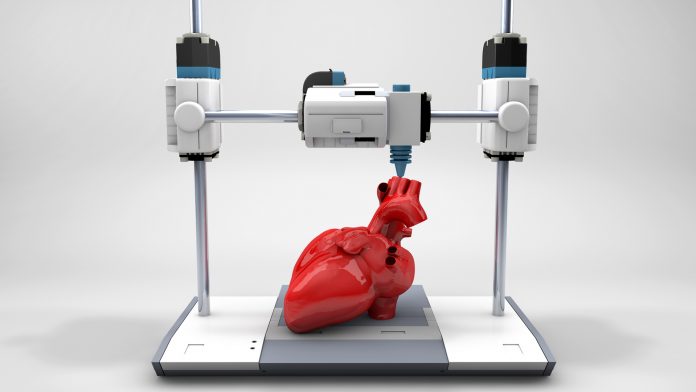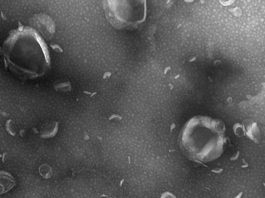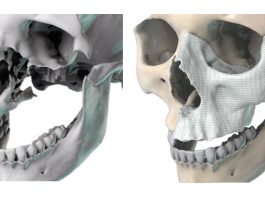A team of UK scientists have developed 3D-printed tissue scaffolds that provide efficient tissue regeneration once implanted and harmlessly biodegrade after surgery.
The groundbreaking advancement, achieved by researchers from the University of Birmingham’s School of Chemistry, has the potential to revolutionise a plethora of medical procedures, with the 3D-printed tissue scaffolds displaying exemplary tissue healing performance, the ability to support cell migration the ingrowth of tissues, and revascularisation.
Professor Andrew Dove, the leader of the research from the University of Birmingham, said: “The scaffolds have evenly distributed and interconnected pores that allow diffusion of nutrients from surrounding tissues. The shape memory means this structure is retained when the scaffold is implanted into tissues, and this supports the infiltration of cells into the scaffold while encouraging tissue regeneration and revascularisation.”
Manufacturing the 3D-printed tissue scaffolds
The team created the 3D-printed tissue scaffolds by employing 3D printing resin inks called 4Degra™, which were developed by the company 4D biomaterials – a branch off of the University of Birmingham Enterprise and Warwick innovations.
The 3D-printed tissue scaffolds displayed various significant improvements in performance over traditional approaches to fill soft tissue voids that persist after surgery or trauma, such as elasticity to conform to irregular spaces, compatibility with tissues, ability to compress to up to 85% before returning to its original size, and non-toxic biodegradation.
Assessing their performance
The materials produced by the 4Degra™ resins were examined meticulously, with the team distinguishing that they are non-toxic to cells, with them undergoing mechanical testing to ensure that the 3D-printed tissue scaffolds could return to their shape, pore size, and geometry after compression. Subsequently, tests were performed to demonstrate that the scaffold can plug an irregularly shaped void in alginate gel – which they used to impersonate soft tissue.
Analysis using a mouse model – to simulate the implantation into adipose tissue – solidified that the 3D-printed tissue scaffolds degrade through surface erosion into non-acidic products, meaning that its structure provides a slow, continuous tissue infiltration. The investigation exhibited infiltration of adipocytes and fibroblasts and vascularisation at two months, with the arrangement of tissue and macrophage presence being indictive of regular tissue restoration, not damaged and scarred tissue or an inflammatory response.
At the four-month mark, the team identified small, mature blood vessels in the accompanying tissue, with outstanding biocompatibility also shown. A 200 µm thick collagen capsule formed around the implants – significantly lower than the threshold of 500 µm used for compatibility in other studies – with no signs of necrosis or calcification. Furthermore, at this stage, 80% of the 3D-printed tissue scaffold was still intact, signifying that they would provide supper for over a year, supplying enough time for more tissue ingrowth.
Dove said: “3D printed materials have received a lot of attention in the tissue engineering world. However, void-filling materials to provide mechanical support, biocompatibility, and surface erosion characteristics that ensure consistent tissue support during the healing process, and this means a fourth dimension (time) needs to be considered in material design.
“We have demonstrated that it’s possible to produce highly porous scaffolds with shape memory, and our processes and materials will enable the production of self-fitting scaffolds that take on soft tissue void geometry in a minimally invasive surgery without deforming or applying pressure to the surrounding tissues. Over time, the scaffold erodes with minimal swelling, allowing slow continuous tissue infiltration without mechanical degradation.”
Paul Smith, the CEO of 4D biomaterials, said: “We are looking to collaborate with innovative companies in Europe and North America to develop a new generation of 3D-printed medical devices that translate the unique advantages of the 4Degra™ resin-ink platform into improved treatment outcomes for patients”. With the first customer shipments dispatched and a funding round about to close. We will be making further announcements shortly.”









